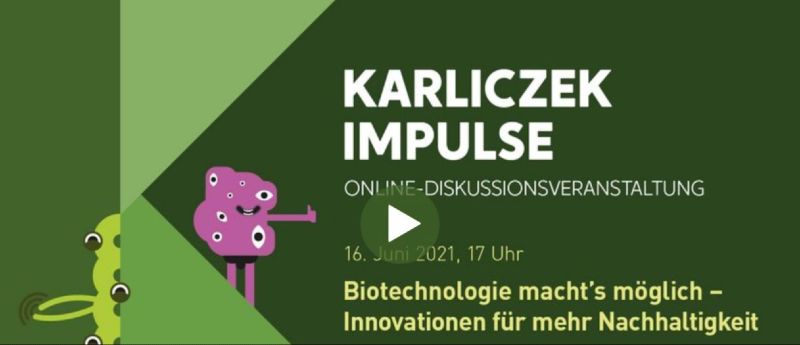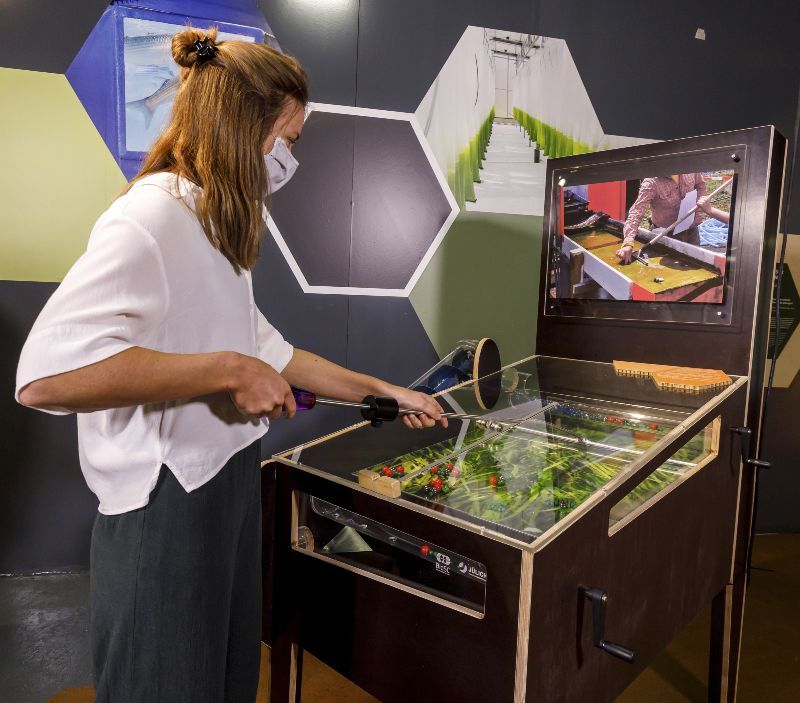The Science Year 2020|21 Bioeconomy came to an end on November 29 with a digital closing event looking back on numerous events and funded projects. Among the winners of the 2020 and 2021 university competitions that received awards at the event was the podcast KRAUTNAH from the Institute of Plant Physiology at RWTH Aachen University - one of the contributions to the Science Year coming from BioSC. Another BioSC contribution was the exhibit "Clean Water Through Algae" on the MS Wissenschaft.

The podcast KRAUTNAH was all about plant research, plant breeding and green biotechnology. In 20 episodes, researchers from the Institute of Plant Physiology at RWTH Aachen University traced the history of plant cultivation, right up to today's genetic engineering. In addition to science, voices from politics, agriculture and breeding had their say, and the audience could also participate.

On June 16, 2021, the talk series „Karliczek.Impulse.“ focused on biotechnology as one of the central technologies of the bioeconomy. Prof. Dr. Karl-Erich Jaeger, Director of the Institute for Molecular Enzyme Technology at HHU Düsseldorf, gave the keynote speech. The subsequent discussion focused on how biotechnology and, in particular, enzyme technology can contribute to a sustainable bioeconomy today and in the future.

The MS Wissenschaft, which has been traveling for many years as an exhibition ship as part of the Science Years, hosted in 2020 and 2021, among others, the exhibit „Clean water through algae“ from IBG-2 Plant Sciences, Forschungszentrum Jülich. It illustrates AlgalTurfScrubbing in the form of a pinball machine, in which wastewater is passed over an algal turf that absorbs nutrients such as nitrate and phosphate from the water. The result is clean water and a nutrient-rich algae biomass that can be used as fertilizer. Thus, the nutrients are recycled instead of ending up in sewage sludge or water bodies. At the "Algae Flipper," phosphate and nitrate are represented by colored balls that are held magnetically on a surface and can be "harvested." The exhibit was very popular among visitors of the MS Wissenschaft.